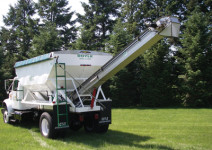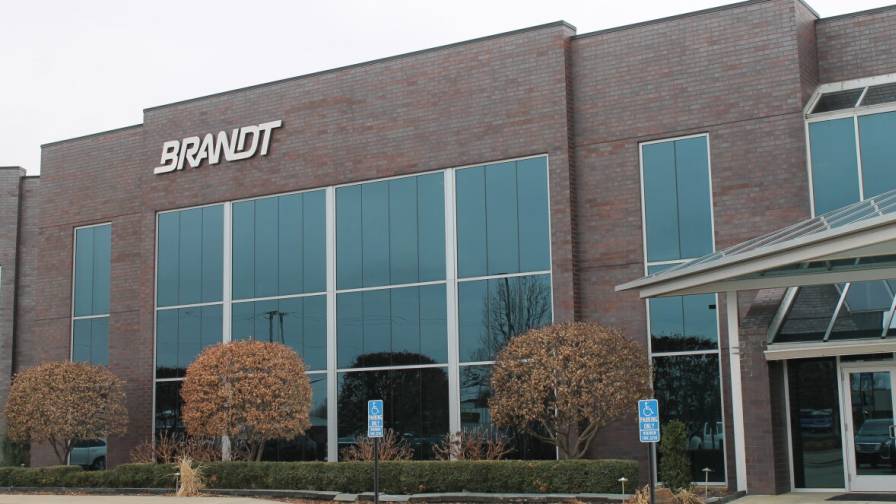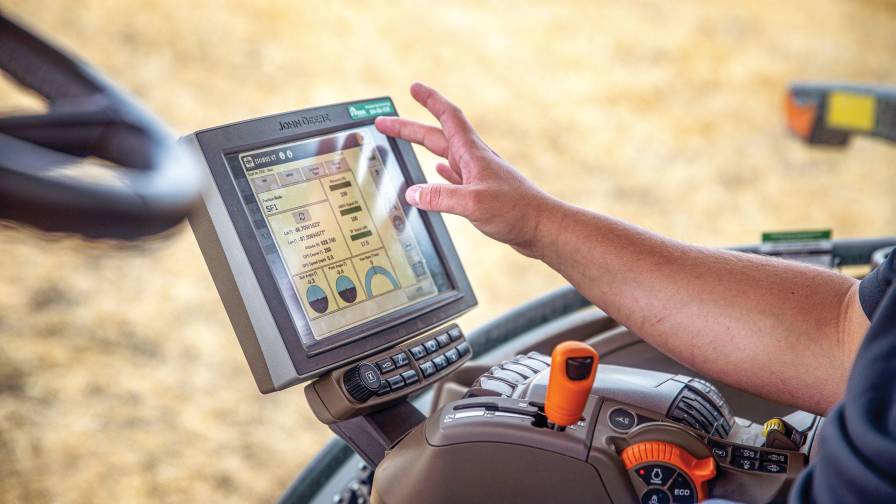Tenders: Good Times Ahead

The ripple effect of the anticipated growth in corn acreage this spring has pulled the ag tender market into its ever-widening current. Manufacturers expect tender sales to increase, thanks in good measure to rising grain prices, higher corn demand for ethanol production, and growers — and consequently, retailers — breaking out their wallets to upgrade their equipment fleets.
“Though we have seen significant increases in steel prices during the past two years, this seems to have had little effect on the buying patterns of our customers,” says Jon Simonsen of Simonsen Industries, Inc., which offers add-on options to customize and update its line of rear, side, and top delivery-style tenders. “We are expecting slightly better than average sales during the 2006-07 selling season.”
A Growing Market
Those increased sales can create a stress level that every manufacturer relishes. “We’re backlogged clear into April because we’re selling so much,” says Ray-Man, Inc.‘s Bob Mills.
Semi-trailers capable of hauling up to 25 tons, which take longer to build than truck-mounted tenders, are a major share of Ray-Man’s business this season. “While semi-trailers used to be maybe 10% of our business at the start of the century, now they’re 60% to 65% of our business compared to truck-mounted tenders,” Mills says.
The larger units, which reduce the number of trips to the plant — increasing fuel and time efficiencies — have become particularly popular with dealerships that have banded together to build super-sized blend plants.
“We’re seeing this happen a lot in the Midwest,” he says. “Also, the big cooperatives already have the tractors — and the drivers — to pull the big trailers.”
The demand for larger liquid fertilizer nurse tanks also continues to grow, according to Ron Lager of Precision Tank & Equipment Co. “Even with high stainless steel prices, the trend is still larger nurse tanks of 3,000 gallons or bigger,” he says. “Dual compartments are still popular choices for some customers.”
Diversity Offers Options
One manufacturer who has seen a change in purchasing habits is Adams Fertilizer Equipment.
“Retailers still expect the same features and quality, even with the increased price of steel,” says Michael Tibbett of Adams Fertilizer Equipment. For that reason, Adams is now offering their LSA-14 — an new adjustable height discharge auger — in the more affordable 409 stainless steel. The unit was originally available only in 304 stainless steel.
To protect their investment, more retailers are purchasing hopper vibrators. “Historically, buyers wouldn’t spend the extra money for the feature,” says Tim Tenhet of The KBH Corp. “They would use items such as a rubber mallet to beat on the hoppers during a product jam. The cost of 304 stainless steel today has changed that.”
In response to the trend of buyers to choose rear discharge augers for the faster unloading rates, KBH also now has introduced “a side discharge auger that’s as fast as our rear discharge models,” Tenhet says.adding to its lineup is Doyle Manufacturing, Inc.
“One of our newest and most versatile tenders is the Beanveyor cleated belt discharge for seed and fertilizer alike,” says the company’s Monty Doyle. “This, along with the self-contained field loader, leaves the options wide open.”
Another “new” option is the secondary marketplace for tenders. As the dry trailer industry enters its second decade, customers are starting to trade in their original tenders for new models, according to Tehnet, allowing buyers to find used models, which formerly were relatively scarce. “We take them in and refurbish them for the secondary market,” Tenhet says.





